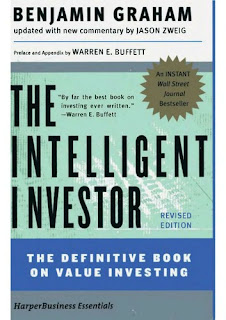Dividends Explained: Why Smart Investors Always Reinvest
What is a Dividend and How Does It Impact Share Price?
A dividend is a portion of a company’s earnings distributed to shareholders, typically in cash or additional shares. Companies that generate stable profits often pay dividends as a way to reward investors.
Impact on Share Price
When a company declares a dividend, the stock price typically drops by the dividend amount on the ex-dividend date. This happens because the cash paid out is no longer part of the company’s assets.
What is the Ex-Dividend Date?
The ex-dividend date is the cutoff date set by the stock exchange that determines which shareholders are eligible to receive the declared dividend. If you buy the stock on or after the ex-dividend date, you won’t receive the upcoming dividend. Instead, the dividend is paid to the seller of the stock.
For example:
- If a stock is priced at $100 and declares a $5 dividend, its share price will likely adjust to $95 on the ex-dividend date.
- The investor’s total value remains the same: $95 in stock + $5 in cash.
Why Reinvesting Dividends Leads to Higher Compound Returns?
Reinvesting dividends means using the cash payout to purchase more shares instead of taking it as cash income. Over time, this strategy benefits from compounding, where earnings generate additional earnings.
Example: Reinvesting vs. Not Reinvesting
Let’s compare two investors with a $100 investment in a stock that grows at 5% annually and pays a 5% dividend.
Investor A (No Reinvestment):
- Year 1: $100 stock grows 5% to $105; receives $5 dividend in cash.
- Year 2: $105 grows 5% to $110.25; another $5 dividend, total value = $115.25.
- Year 3: $110.25 grows 5% to $115.76; another $5 dividend, total value = $120.76.
Investor B (Reinvests Dividends):
- Year 1: $100 grows to $105, but the $5 dividend is reinvested, making total investment $110.
- Year 2: $110 grows by 5% to $115.50; receives $5.50 dividend and reinvests it, total = $121.
- Year 3: $121 grows by 5% to $127.05; receives $6.05 dividend and reinvests it, total = $133.10.
Over time, Investor B accumulates more shares, leading to faster portfolio growth. After 3 years, the value of Investor A's portfolio (without reinvesting dividends) has grown to 120.76% of the initial investment, whereas Investor B's portfolio (with reinvested dividends) has grown to 133.10%. This represents a significant difference in returns due to the compounding effect of reinvested dividends.
To learn more about how compounding works and why it is a crucial factor in long-term investing, check out our other article on compound returns.
When Reinvesting Dividends May Not Make Sense?
While reinvesting dividends generally enhances returns, there are situations where it may not be the best choice:
- Need for Cash Flow: If you rely on dividends for income (e.g., in retirement), reinvesting may not be ideal.
- Overvalued Market: If stock valuations are high, reinvesting may mean buying at inflated prices.
- Diversification Needs: Instead of reinvesting in the same stock, you might use the dividends to diversify your portfolio.
- Short-Term Investment Horizon: If you plan to sell your investment soon, reinvesting dividends may not be worthwhile since you won’t benefit from long-term compounding.
- High Transaction Costs: Some brokerage accounts charge fees for reinvesting dividends, which can eat into returns, especially for smaller dividend payments.
Conclusion
Dividends are a key component of investment returns. While they reduce stock prices upon distribution, reinvesting dividends can significantly boost long-term wealth through compounding. However, reinvesting isn’t always the best strategy for everyone, depending on financial goals and market conditions. Understanding when and how to use dividends effectively is essential for maximizing investment success.
Disclaimer
This article is for informational purposes only and should not be considered financial advice. Markets are complex and unpredictable, and various factors beyond valuation metrics can influence future performance. Always conduct your own research or consult with a financial advisor before making investment decisions. Past performance does not guarantee future results.



Comments
Post a Comment